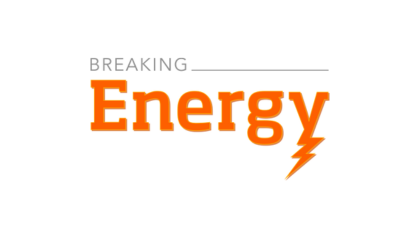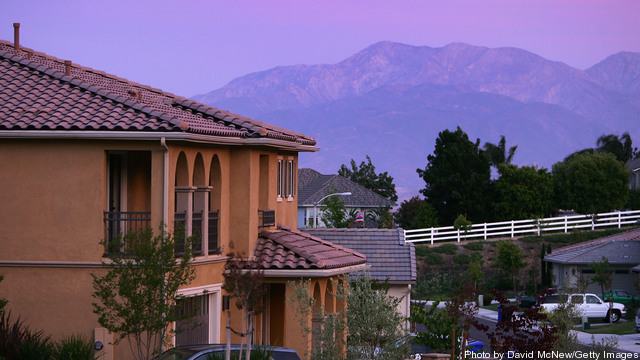
Energy benchmarking can help you better understand your commercial property’s energy use and monitor performance over time. It allows for comparisons among similar building types and helps identify which ones could operate more efficiently.
The Environmental Protection Agency and its ENERGY STAR® Program offers a free online tool called Portfolio Manager that allows users to track and assess building energy consumption for a single building or an entire portfolio. Portfolio Manager can help comply with local energy laws, set investment priorities, identify under-performing buildings, verify efficiency improvements and receive EPA recognition for superior energy performance. Keep reading →








